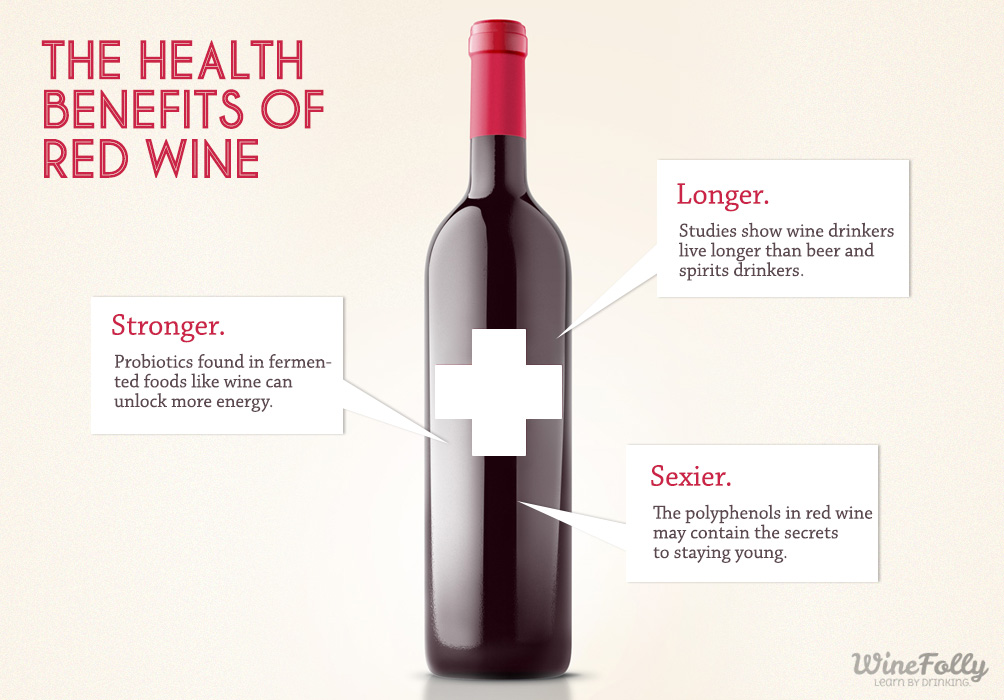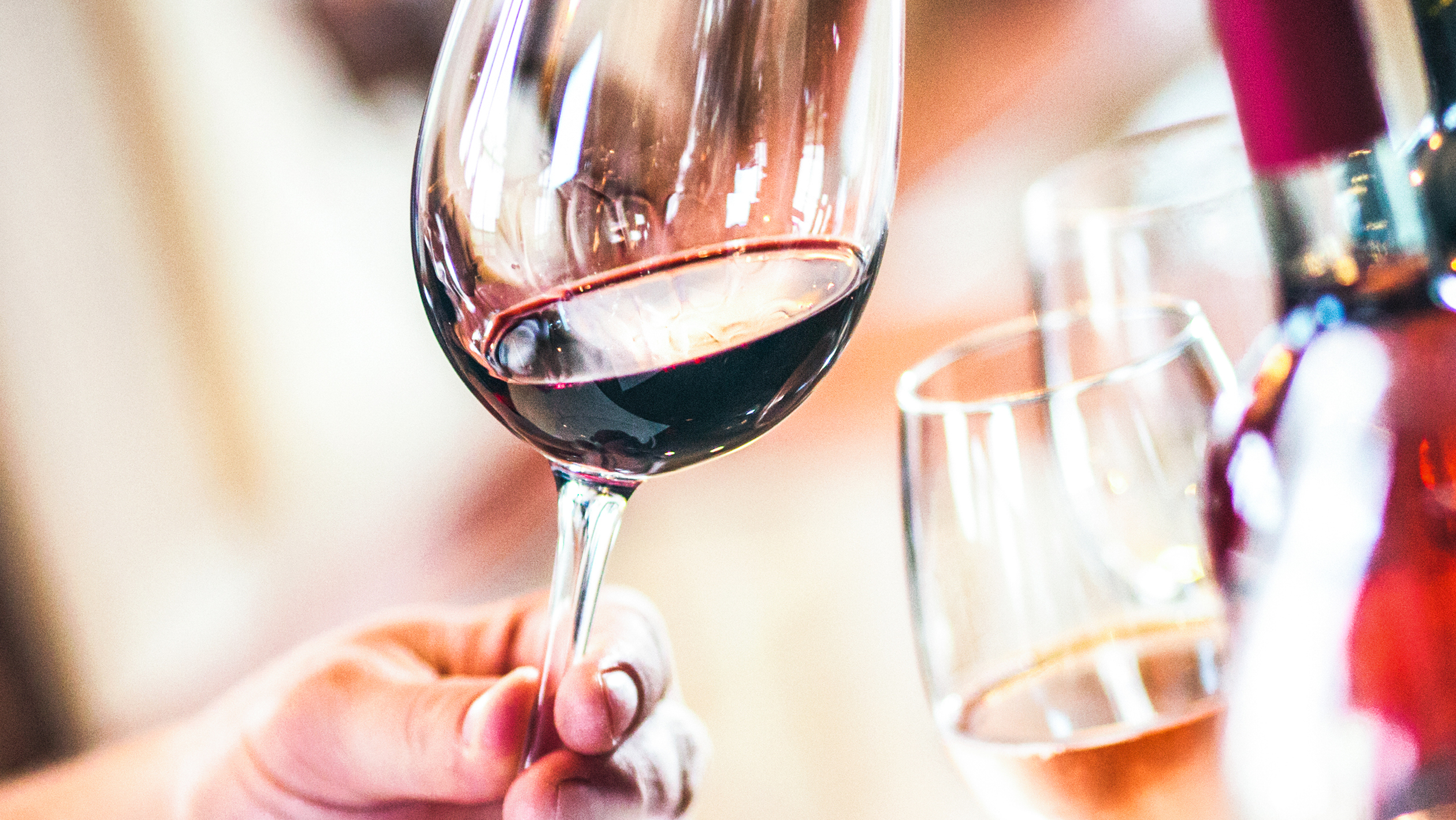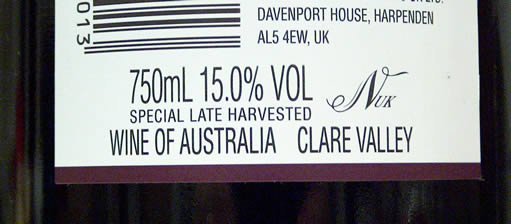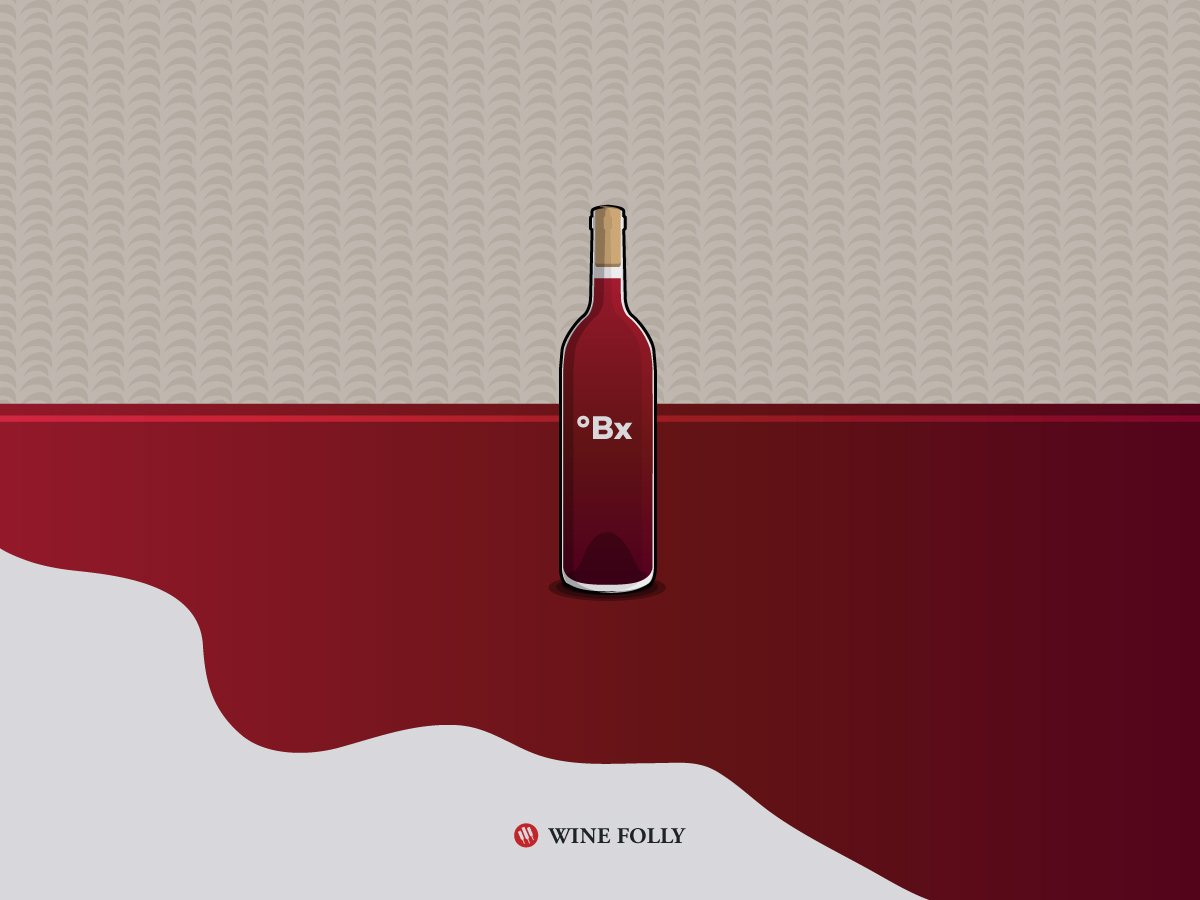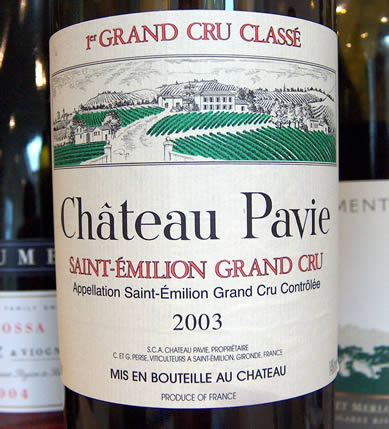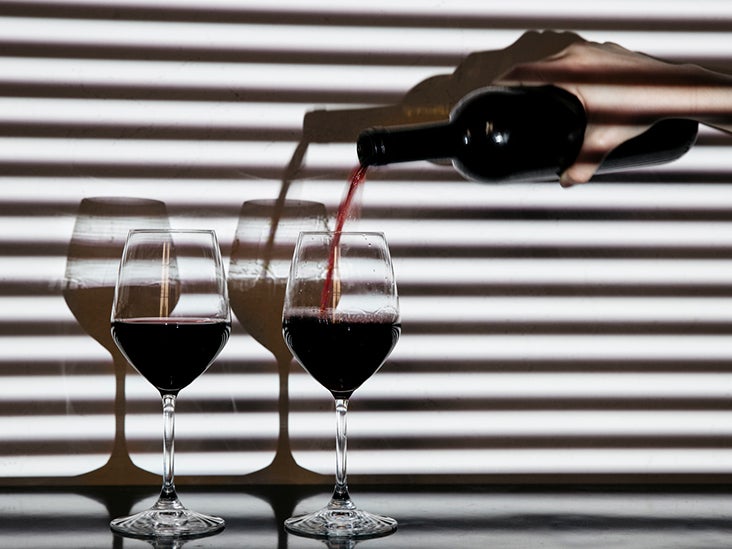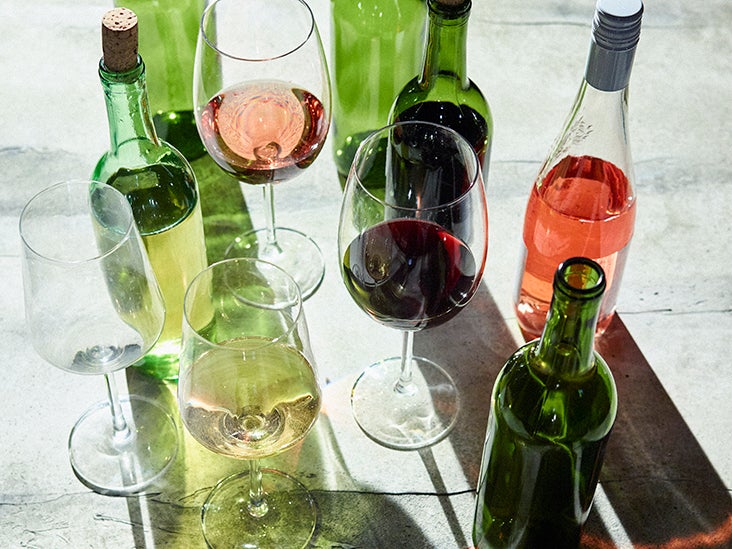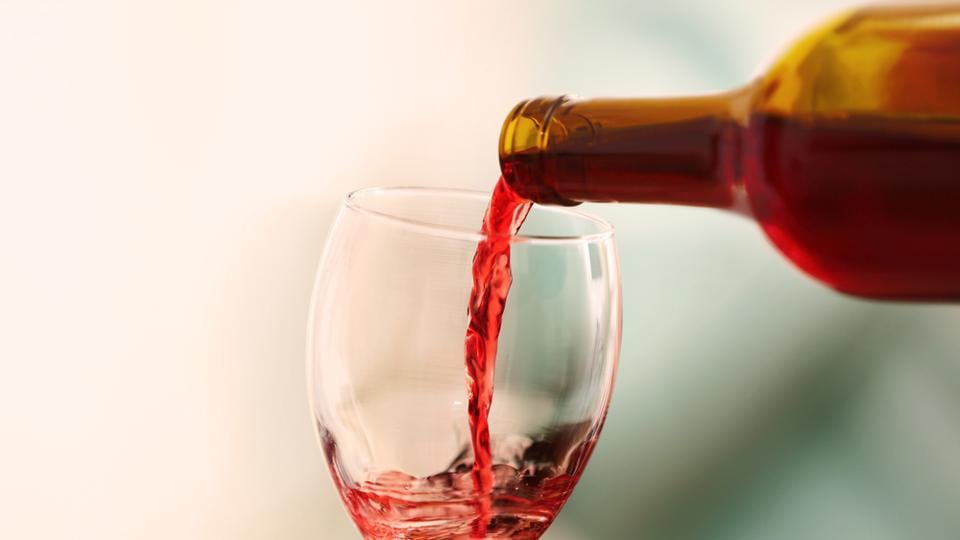Top Notch Tips About How To Increase Alcohol In Wine
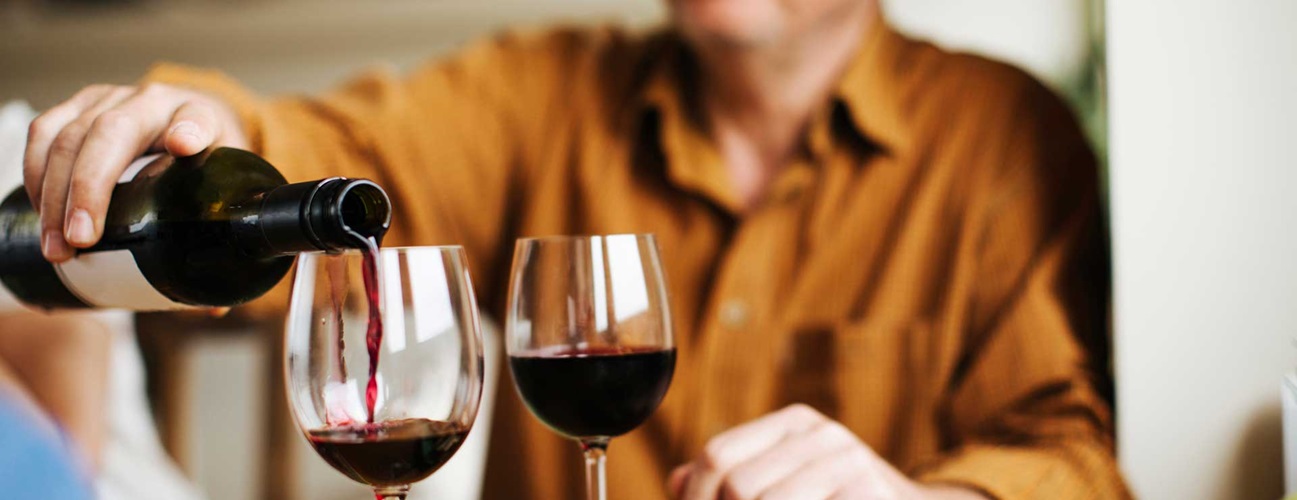
It should be dissolved completely and not hang at the bottom of the fermenter.
How to increase alcohol in wine. Normally, we recommend 72 degrees fahrenheit as the optimum temperature. This way, the yeast is already strong and ready to eat when it is. Getting the right yeast strain it will be important to keep in mind that each yeast strain will have a max amount of alcohol it tolerates.
Since yeast consumes sugars to produce alcohol, if you. Another way to increase the alcohol content in wine is to make a yeast starter two days before you start making the beverage. Chaptalization gives the yeasts more to hang on to and to convert into alcohol—it isn’t intended as a means of sweetening a wine but is rather a trick for raising alcohol levels.
Let's say your must is 1.080 and. Make sure it gets dissolved completely and does not end up hanging at the bottom of the fermenter. All you need to do is add sugar to the wine during the fermentation.
Start by using a strain of yeast that can. Chaptalizing is the act of adding sugar to a grape must in order to increase the alcohol content of the finished wine. During fermentation, you simply need to add sugar to the wine.
According to treasury analysis, the move amounts to £600m in tax cuts, with the consumer saving 7p on beer, 4p on a pint of cider, 3p on a bottle of wine and £1.35 on a bottle. Events and tastings help draw consumers to your store and generate sales. Instead of fortifying your wine with liquor, why not ferment it to a higher alcohol content.
Retailers with economies of scale successfully sample consumers. Adding sugar to reach a high alcohol percentage 1. An easy way to get around this difficulty is to use this wine making tip as a general rule of thumb when attempting to control the alcohol content of a wine:
